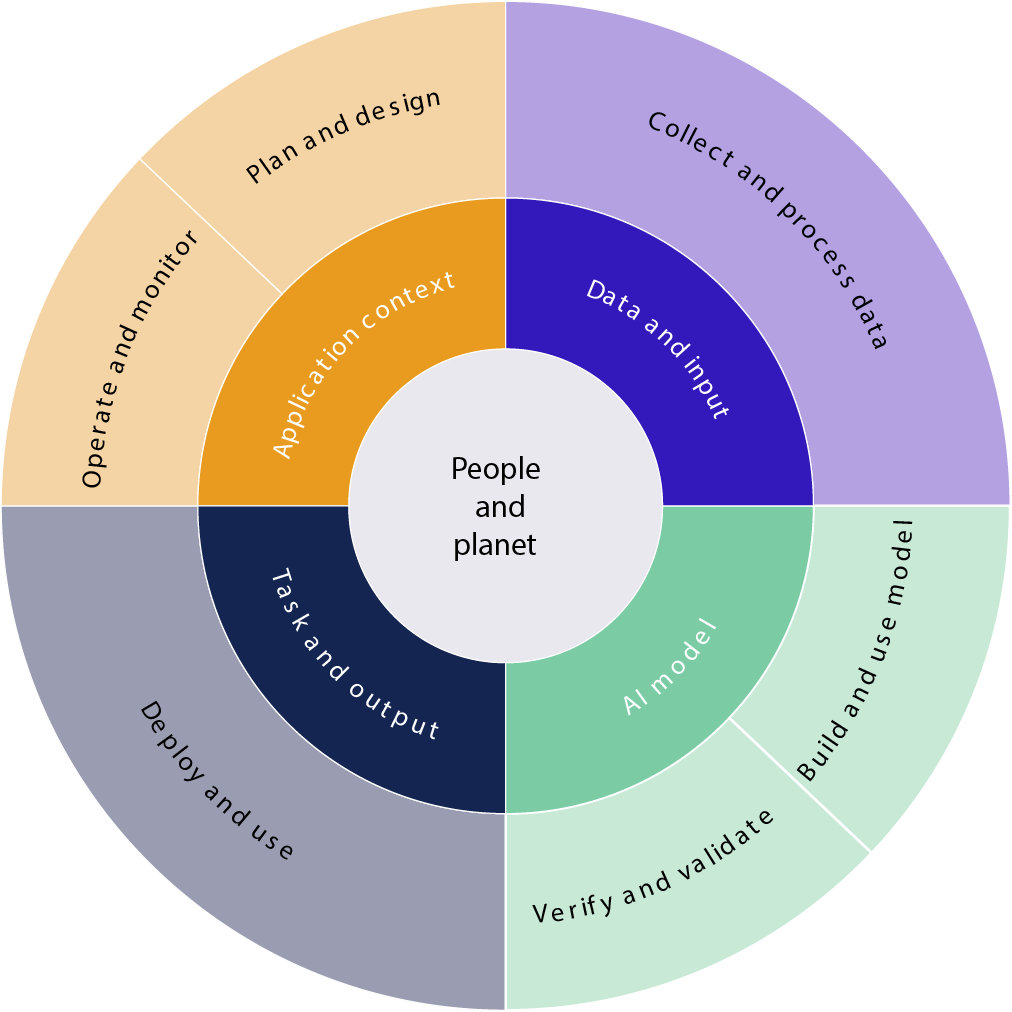Featured Posts
AI Prompts, Legal Privilege, Liability: A New World of Risks
When employees ask AI tools like Copilot or ChatGPT for security guidance, those conversations may not be private. Recent legal actions show that AI prompts can be discoverable, creating new risks for privilege, insurance coverage, and incident response. This article explores how to prepare your organization, and your legal team, for that reality.
Beyond a Scan: How Cybersecurity Testing Powers a Mature Incident Response Program
Security testing isn’t a checklist, it’s a lifecycle. From vulnerability management to red teaming and tabletop exercises, here’s how to orchestrate testing within a mature incident-response program, inspired by Daniel Meissler’s foundational framework.
How To Prepare For an Audit
Audit readiness isn’t about scrambling before the audit—it’s about building predictable, repeatable habits that align security, compliance, and business goals. Here’s how to build a framework that works year-round.
Comparing GenAI Governance Frameworks: OWASP, NIST AI RMF, ISO/IEC 42001, and CipherNorth’s Foundational Approach
Generative AI governance is complex, with multiple frameworks available to address security, risk, ethics, and compliance. Compare OWASP LLM Top 10, NIST AI RMF & 600-1, ISO/IEC 42001:2023, and CipherNorth’s Foundational Framework to find the right approach for your organization’s maturity and goals.
CipherNorth’s Foundational Framework for Responsible GenAI Adoption
Not every organization is ready to implement a full AI governance program, but waiting to set guardrails can expose you to real risks like data leakage, misuse, and compliance gaps. At CipherNorth, we recommend a foundational framework, a streamlined set of policies, safeguards, and processes drawn from NIST, ISO, and other trusted sources, that gives organizations a secure starting point for using generative AI responsibly.
ISO/IEC 42001:2023 What It Is & Why It Matters
ISO/IEC 42001:2023 is an international standard for Artificial Intelligence Management Systems (AIMS), guiding organizations of all sizes to implement responsible AI governance, risk management, transparency, and continuous improvement. Certification demonstrates credible AI oversight, ethical practices, and regulatory alignment.
Adopting NIST AI 600-1 and the AI RMF: A Guide to Managing Generative AI Risks
The NIST AI Risk Management Framework (AI RMF 1.0) offers organizations a structured approach to managing AI risk through four functions: Govern, Map, Measure, and Manage. NIST AI 600-1, released in 2024, extends this framework to the unique challenges of generative AI, addressing issues like hallucinations, copyright, bias, and misuse. Together, they provide a practical foundation for integrating AI governance into existing risk and security programs.
An Overview of the Department of War's Cybersecurity Risk Management Construct
The Department of War’s new Cybersecurity Risk Management Construct (CSRMC) isn’t a revolution, it’s a reframing of existing ideas like continuous monitoring, automation, DevSecOps, and resilience. While the strategic direction is sound, CSRMC lacks the practical guidance such as control sets, telemetry standards, KPIs, and enforcement that operators and contractors need to act. Aligning CSRMC with well-established frameworks like NIST CSF, NIST SP 800-53, CMMC, and CIS Controls would turn vision into practice.
Adopting the OWASP Top 10 for LLM Applications: A Practical Guide for Organizations
The OWASP Top 10 for Large Language Model (LLM) Applications highlights the most critical security risks in generative AI systems, from prompt injection to data leakage and misinformation. Updated in 2025, it provides organizations with a practical framework to identify vulnerabilities, strengthen application security, and build trust in LLM-powered tools.
NIST SP 800‑61 Revision 3: A Practical Guide for SMBs
At first glance, NIST frameworks, like SP 800-61, might seem designed exclusively for large enterprises with big security teams and budgets. But they're not, and this is how they can add value to small businesses.














Audit readiness isn’t about scrambling before the audit—it’s about building predictable, repeatable habits that align security, compliance, and business goals. Here’s how to build a framework that works year-round.